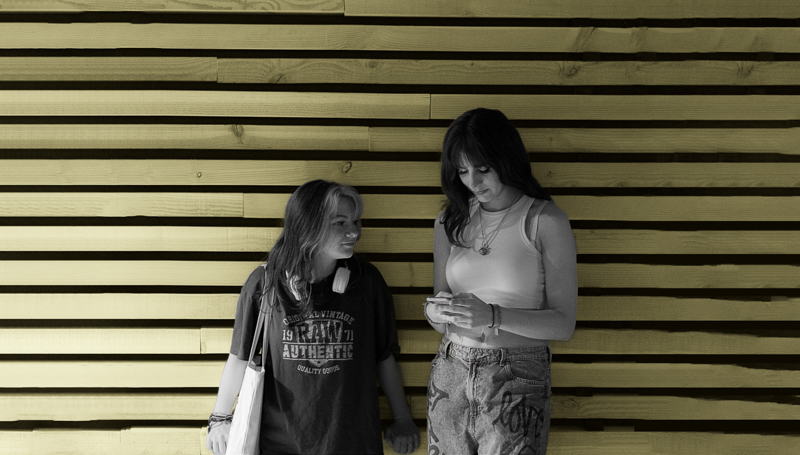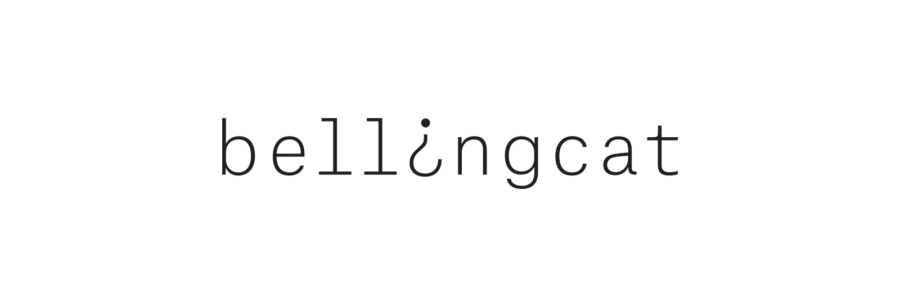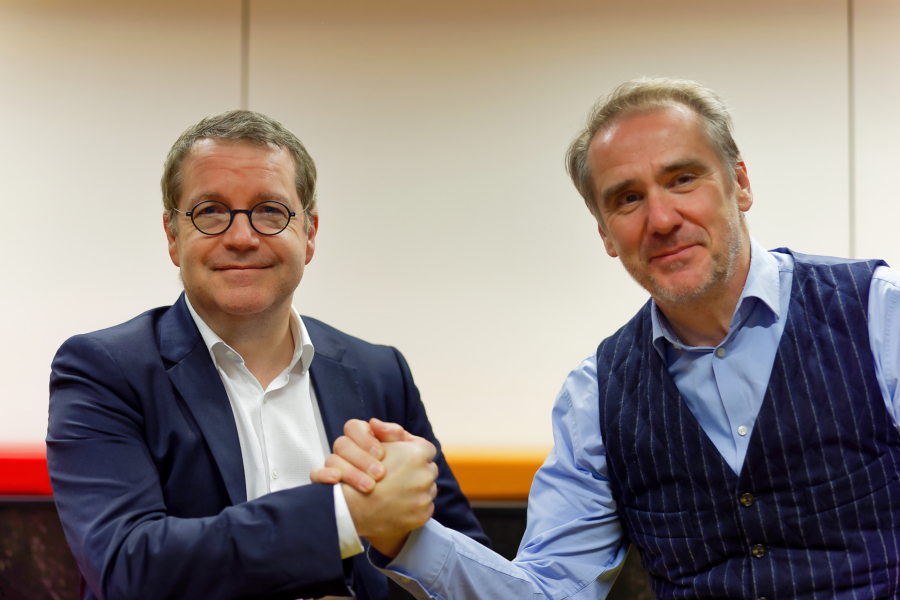02 September 2021
Eefje Auer: UX and Service designer at Total Design

With a bachelor’s in design, a master’s in design informatics, her current position as UX and Service designer at Total Design and as lecturer at the Willem de Kooning Academy, Eefje Auer knows what she’s talking about when it comes to combining user expierence and system thinking.
“I really enjoy working for Total Design and its large variety of clients. Because of the broad knowledge throughout the company, we are able to serve many levels of business.
The diverse set of industries our clients represent, grants an extensive view on different markets and therefore interesting audiences. That is why I am passionate about being a designer; all questions we receive are different, the audiences are diverse. One moment I can be working with the Hermitage on unlocking the way to enthusiast youngsters for a museum visit, and the next day I dive into the brand representation of ING for their broad set of (potential) customers.”
Design and systems
As designers we got to understand that a design is never finished and will be influenced by the customer. And if one does not respond to the continues feedback loops provided by the mass, your offering will become redundant sooner or later. Many designers are aware of this and understand what it takes to develop a product that fits their target audience. But I (and many others) am wondering whether this is (still) enough?”
“Digital technology has handed us immense opportunities to increase the value of our designs and truly support the need of the target audience. There is extreme transparency available about who uses a product and why the design has value. We know how to read the data, when to ask for (qualitative) feedback and therefore are capable of designing for continuous change. For that matter, human-centered design is been taken into account by many.”
“Designers have reinvented many methods, processes and their own field of expertise to grasp how to make sense of the feedback received from their target audience.
We have Service design to explore the field and analyse the value of a service, UX design to represent the voice of the customer within the product and visual design to build a fit ‘look and feel’.
I have a genuine admiration for how we adapted our design field to add value to the core of business offerings. But as much as we think we present a complete service or product, did we really involve all stakeholders?”
System thinking
“As people, we are wired to categorize or classify everything. We like to make sense of a ‘whole’ by placing everything in boxes. We created expert views on issues, and we understand a lot about (self-defined) areas of knowledge. We represent a world of highly specialized people with their own glance towards challenges we are facing in our contemporary society. As you can see, we categorize everything to make a question or issue manageable for us to cope with. Even though this brought us very far in our current society, we are creating big problems by doing so.”
“You could say we compartmentalize design. For instance, we primarily focus on human-centered design, whereas we should understand the ecosystem our design ‘lives’ in. Consequences of our design extend beyond our direct target audiences. By understanding the impact of the design does not only make a product more ethical but initiates new business opportunities. A product (online and offline) produces data from which one can profit and innovate. To make this possible, we need to strive for system thinking in design (and actually everywhere).”
Systems are interdependencies of parts that work together or are affecting each other. These interdependencies can be applicable to all sorts of layers. Take, for instance, your daily routine, (city) traffic, or things like biodiversity and climate change. The products we use, or actions we take can significantly impact other parts of connected environments/layers.
Many challenges we are facing at the moment call for (inter)action. We can only tackle entangled questions by analyzing all parts of the whole. We will have to stimulate multidisciplinarity, teamwork, respect and openness towards each other. Embracing system thinking can help us a great deal.
We have come a long way by compartmentalizing issues and looking at them from expert views. However, we have arrived at a crucial point in which we should harness complex situations by observing the system from a holistic perspective. Our only way to do so is by broadening our mental models and work multidisciplinary on systemic changes.



